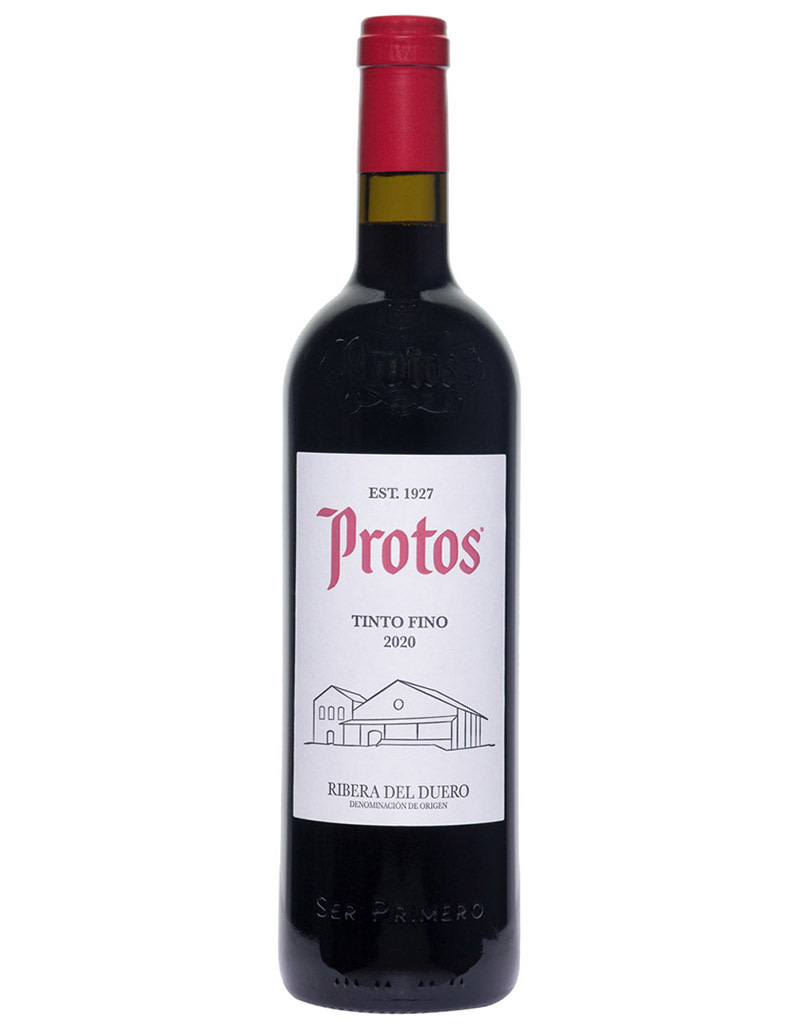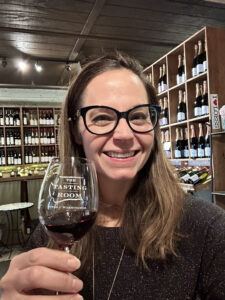
Nicole Collins-Kwong
Nicole is a wine enthusiast who has completed the WSET 3 certification through France 44 and continues her education with tasting groups and events around town. She adores all wines, especially the unique and unusual styles. When she's not popping corks, Nicole loves to cook, hang with her husband and two boys, and tend to her urban zoo complete with dogs, a cat and chickens!
I recently attended a talk by a prominent importer who specializes in small growers, especially generational family-owned wineries. What struck me most about his talk had nothing to do with the wines, but the casual way he described all winemakers and growers as men. This left a bad taste in my mouth, which was unfortunate, because he was pouring some really great wines!
The phenomenon isn’t entirely surprising, though, given the history of leadership roles passing down from father to son. Or in the absence of a son, son-in-law. Women were typically only allowed to step in when there was a death (check out the book Widow Clicquot about one of the most infamous examples of this). Things are slowly beginning to shift, with daughters taking over more and more.
There’s still a long way to go, though. So, what can we do?
- Listen to stories about women in wine: Winesplaining – a podcast hosted by an LA-based sommelier and owner of a female-focused wine shop, the show peels back the layers of the women‘s journeys that are shaping the wine business.
- Bolster careers of women who want to BE in wine:
- March 25 is National Women in Wine Day! Created by two female winemakers from California, the celebration aims to support and empower women seeking to enter the wine business. Their website features dozens of accomplished women and their stories, and invites visitors to nominate more. They also offer scholarship and donation resources to help women on their journey.
- Dream Big Darling – a non-profit aiming to help women in the early stages of building their wine careers, they offer education, mentorship, community and access to opportunities.
- And perhaps most importantly, drink wine made by women! The wines featured below are all available in the shop. Or ask a staff member for guidance finding MANY additional women-made wines we carry in stock.
Anónimas Wines
Winemakers Cris Yagüe Cuevas and Maria Falcón make Albarino from their home base in the northwest Rias Baixas region of Spain, and also source grapes from other areas of Spain to create highly-rated wines. “Anónimas is a project from the vine to the consumer, a tribute to the anonymous women that should have had their place in history and were never recognized. We collaborate with other women in the world of winegrowers, winemakers and enologists to make these personal wines.”
Anónimas Albariño Os Dunares Rias Baixas 2022 – $25.99
This Albariño is grown less than a mile from the ocean on 30+ year old vines, using sustainable winegrowing processes. No oak aging, unfiltered, this natural wine is dynamic and fun to enjoy on its own or with seafood or Manchego.

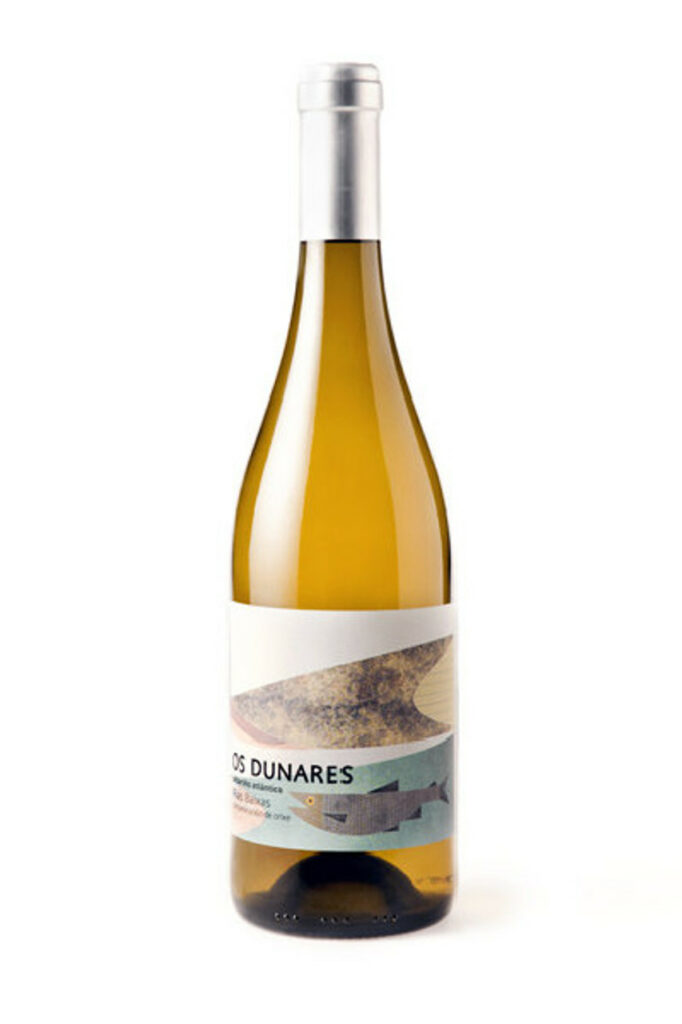
Knudsen Vineyards
Page Knudsen Cowles is the owner and managing partner, taking over the family business from her parents, who were some of the first wine pioneers in Oregon in the 1970’s. Fun fact: she also has roots established locally, splitting her time between Minnesota and Oregon.
Knudsen Vineyard Pinot Noir 2019 Willamette Valley – $64.99
This fresh-faced Pinot noir brings light body and a good balance of youthful fruit and complex spices with a whisper of oak in the background. The fruit turns pleasantly tart on the palate with suggestions of orange blossom and allspice, supported by crisp acidity and a pleasantly long finish.

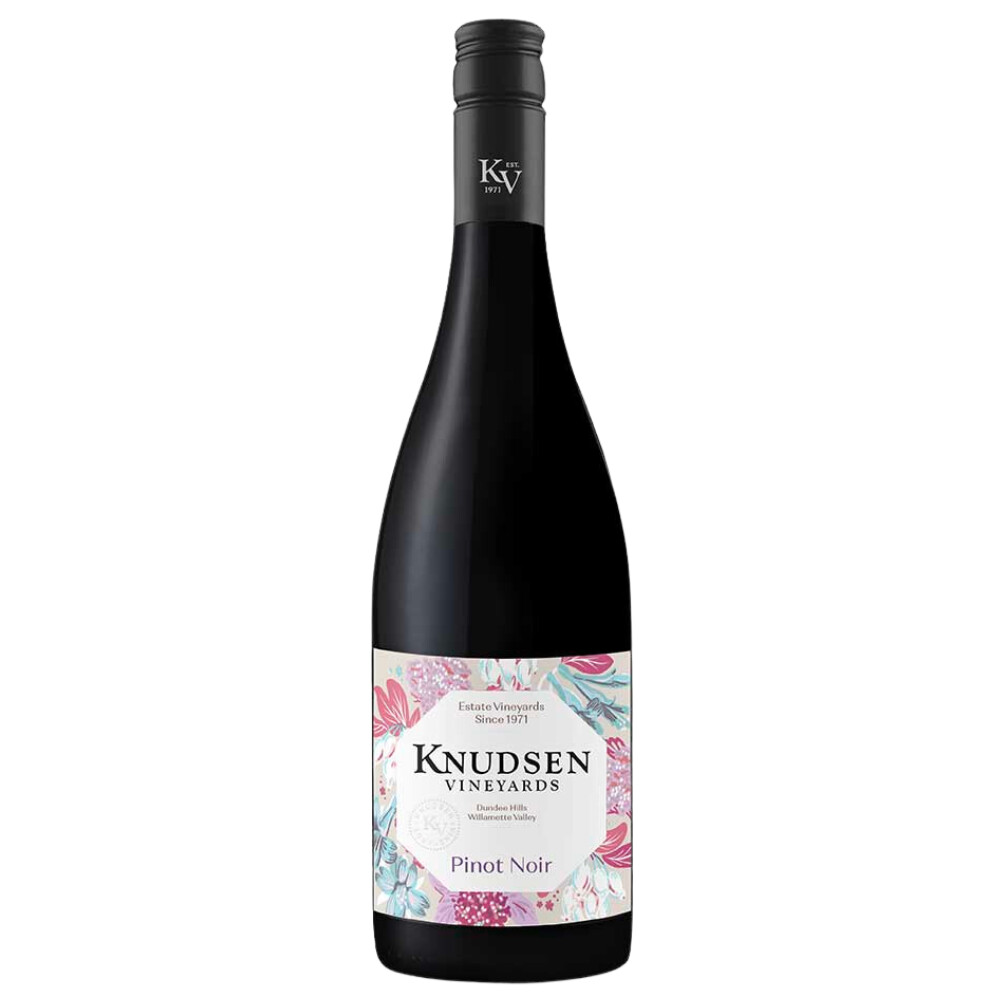
Penley Vineyards
Winner of the 2024 Australian Winemaker of the year, Kate Goodman brings a contemporary winemaking style to the Coonawarra valley. She joins sister owners, Ang and Bec Tolley, to round out this award-winning winery full of women in leadership roles. They make bloody good wine, too!
Penley Cabernet Sauvignon Phoenix Coonawarra 2021 – $21.99
This wine shows dominance of spicy cabernet fruit, a dense ripeness with hints of smoky oak and grape tannin. A wine made to enjoy while young, ripe but elegant, distinct Coonawarra cabernet sauvignon characters are evident.

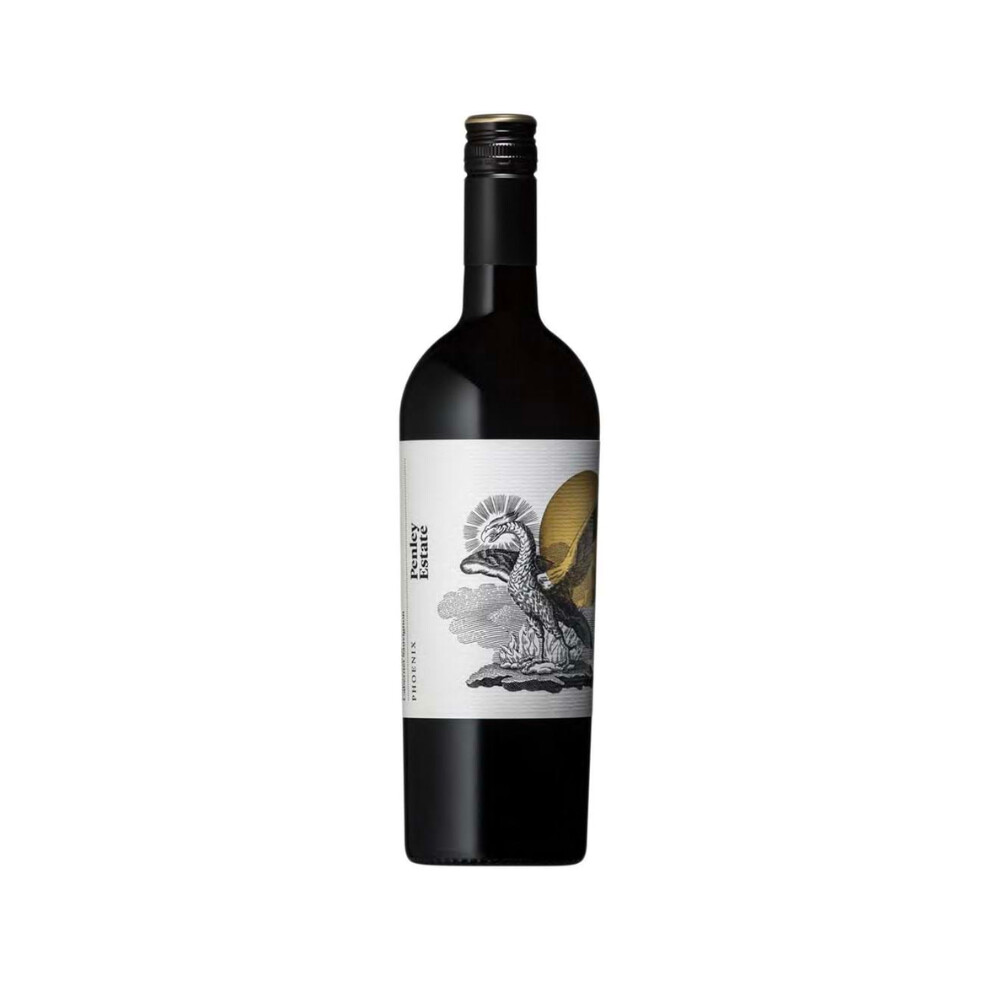
Zulal
Meaning “pure” in Armenia, Zulal is the creation of Aimee Keushguerian, second-generation winemaker who celebrates native Armenian grape varietals. Her story was recently featured in the documentary, “Somm: Cup of Salvation,” a film about Aimee and her father’s journey to make exceptional wines in one of the most historic, and tumultuous, regions in the world.
Made from the native Armenian grape Areni, this wine brings aromas of red cherries, plums and black pepper. On the palate, it’s medium-bodied with refreshing acidity and concentrated flavors of berries and spices.
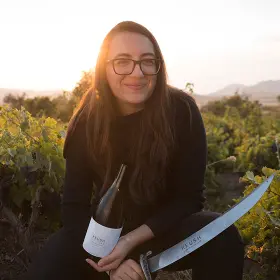
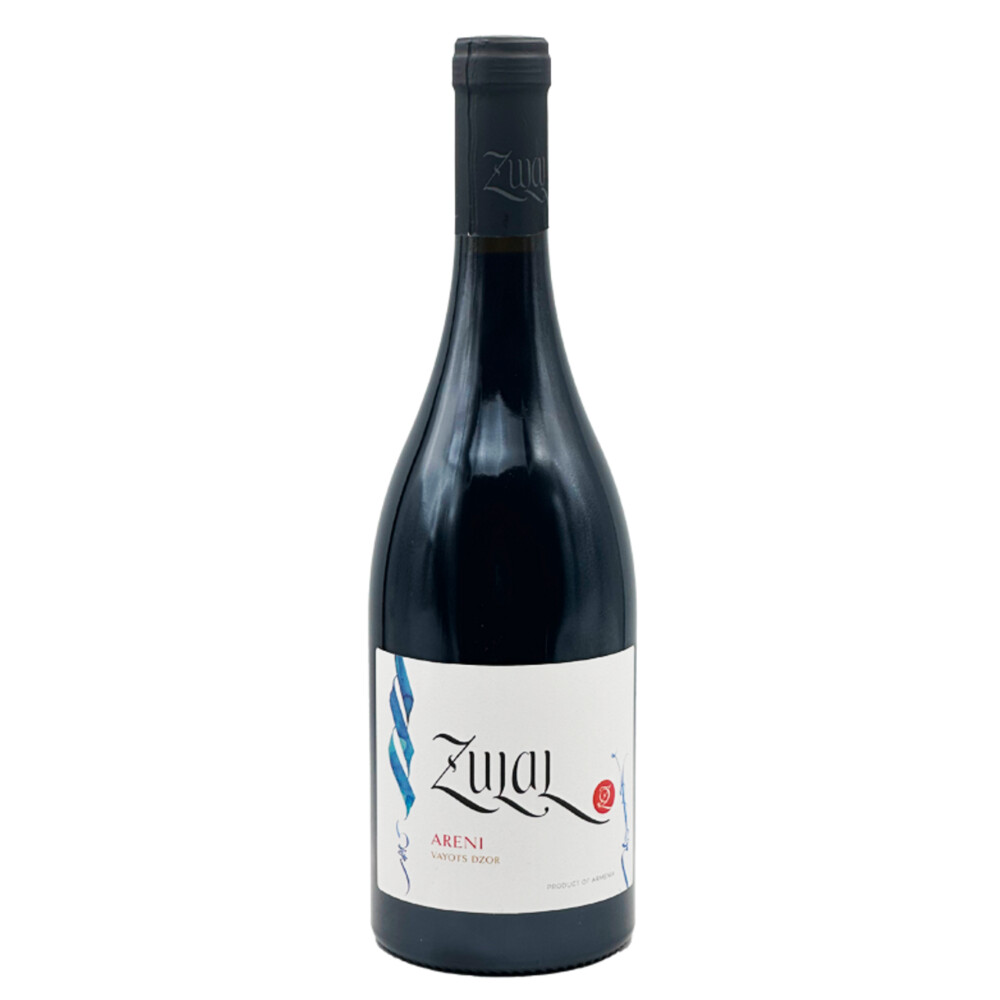
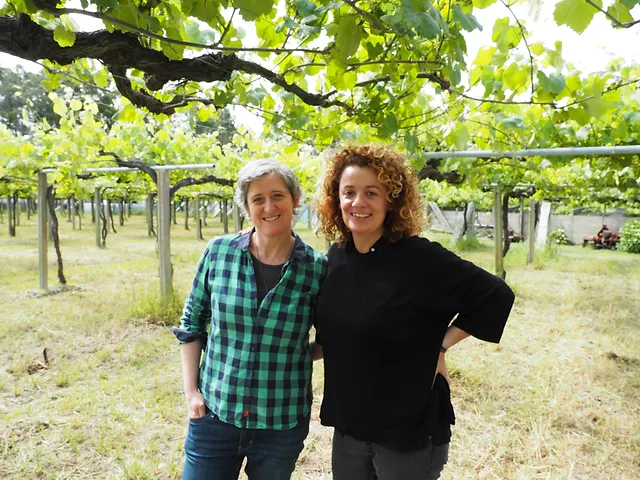
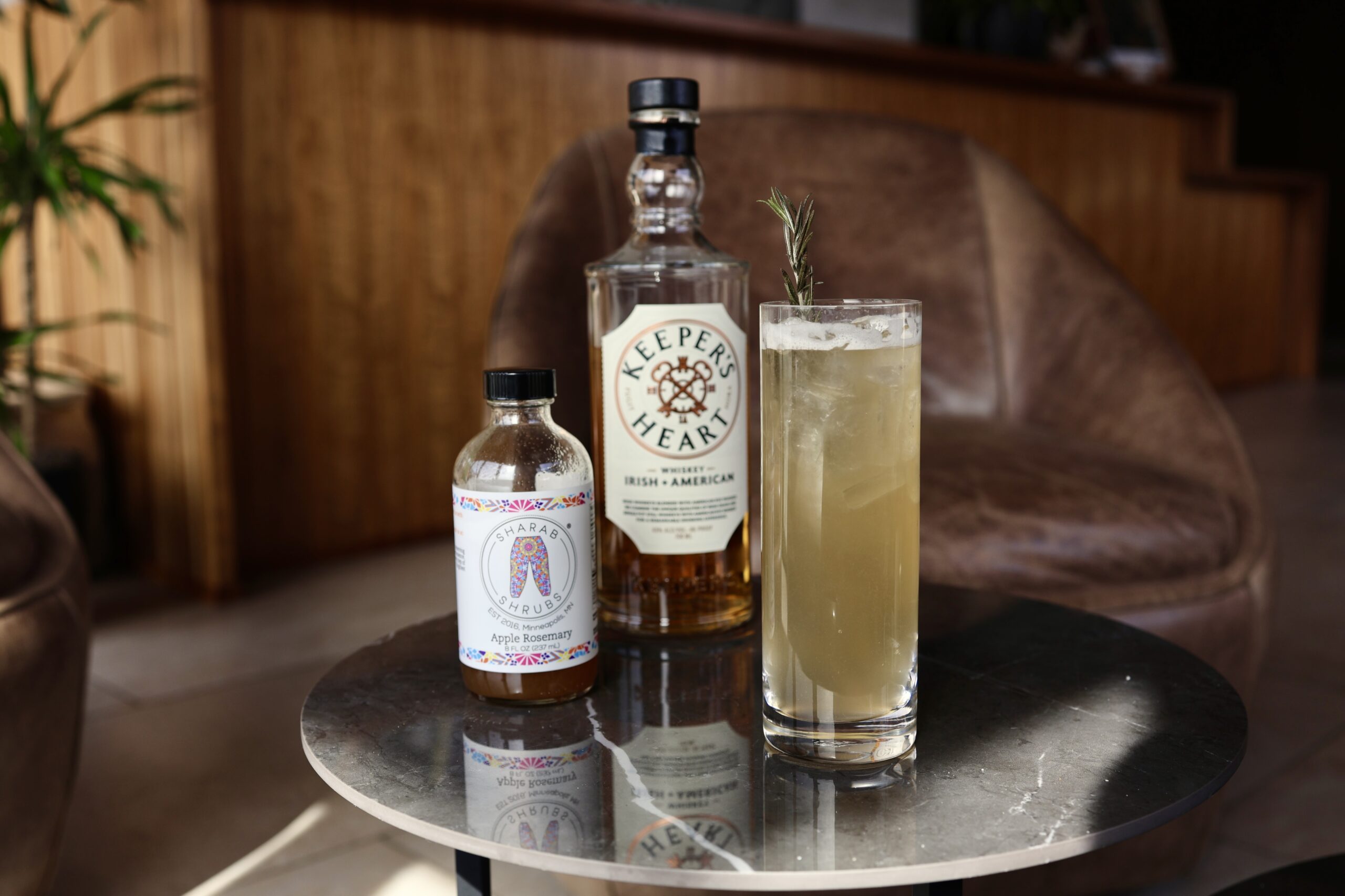
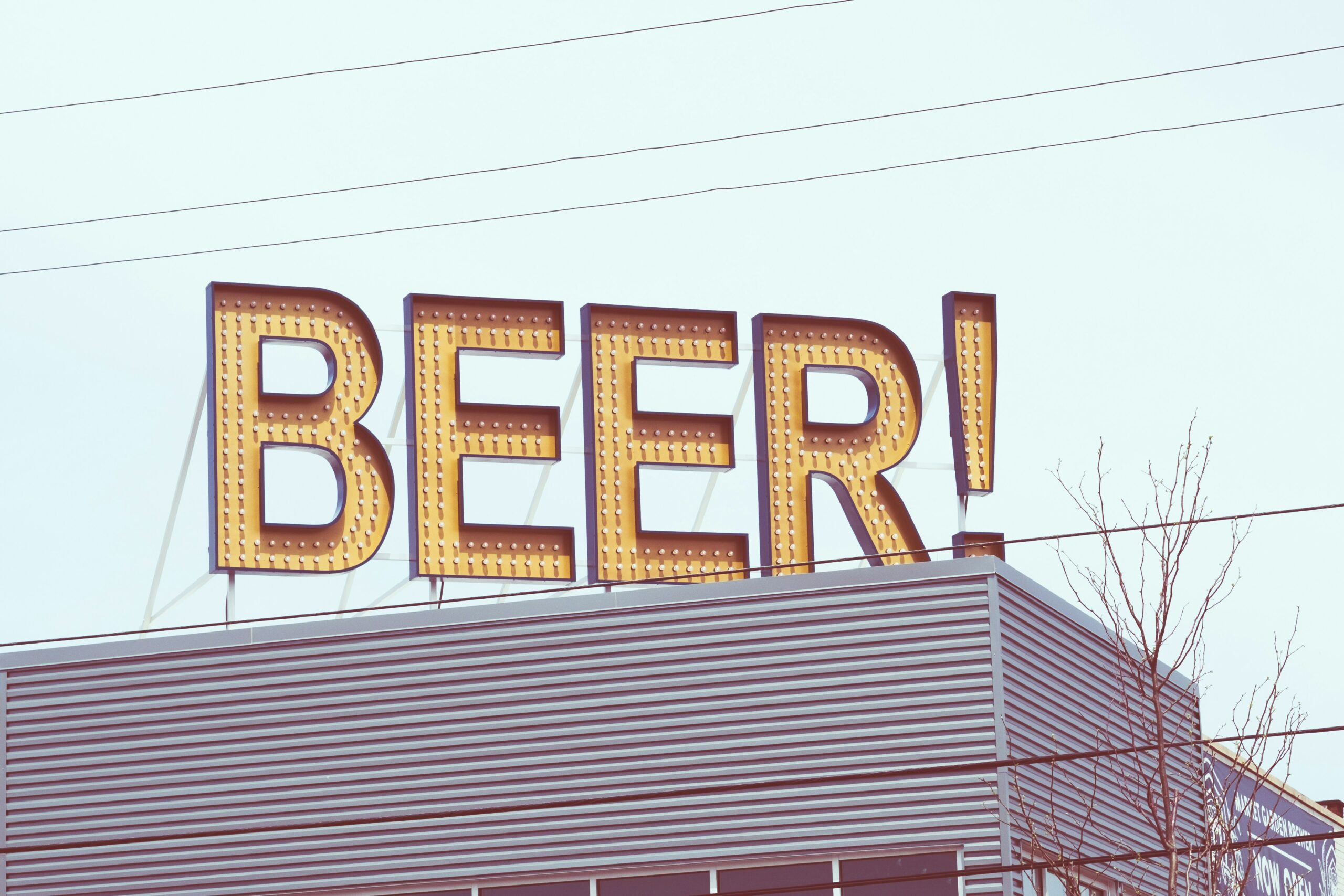

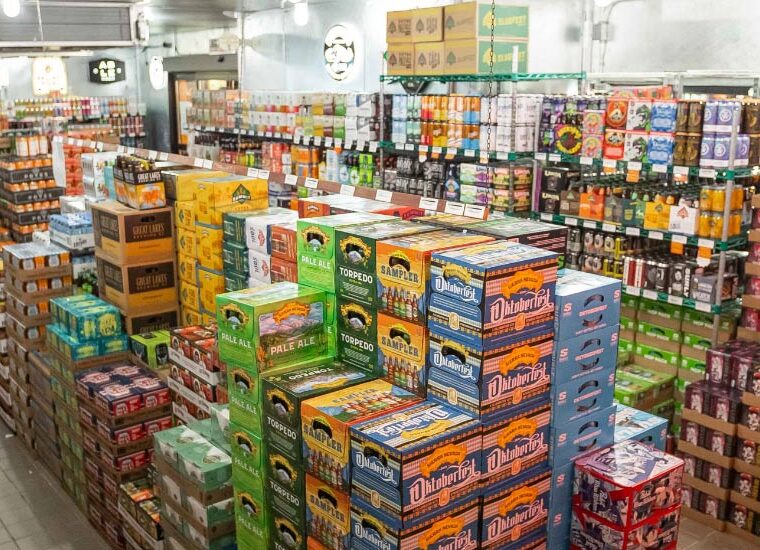
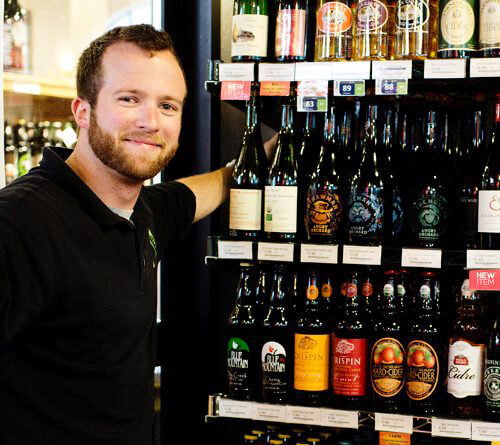 Around the time I took my first shifts in the beer cooler was a particularly exciting time in the Minnesota craft beer scene. The recently passed “Surly Bill”, which allowed distributing breweries to sell their beer on-premise, opened the floodgates for new local craft breweries to plant their roots.
Around the time I took my first shifts in the beer cooler was a particularly exciting time in the Minnesota craft beer scene. The recently passed “Surly Bill”, which allowed distributing breweries to sell their beer on-premise, opened the floodgates for new local craft breweries to plant their roots. The “haze craze” was born, as hazy IPAs quickly became the hottest-selling beer style in our cooler. People who once lined up for stout releases turned to “truck chasing”: tracking down the freshest, juiciest, most-limited IPA drops from breweries like BlackStack, Drekker and Junkyard. Funny example, our Junkyard delivery driver would post his delivery route on Instagram, and by the time he arrived we’d have a crowd waiting to buy their beer. Genius! It was so crazy I actually had people actually grab beer out of my hands as I tried to keep the shelves stocked.
The “haze craze” was born, as hazy IPAs quickly became the hottest-selling beer style in our cooler. People who once lined up for stout releases turned to “truck chasing”: tracking down the freshest, juiciest, most-limited IPA drops from breweries like BlackStack, Drekker and Junkyard. Funny example, our Junkyard delivery driver would post his delivery route on Instagram, and by the time he arrived we’d have a crowd waiting to buy their beer. Genius! It was so crazy I actually had people actually grab beer out of my hands as I tried to keep the shelves stocked.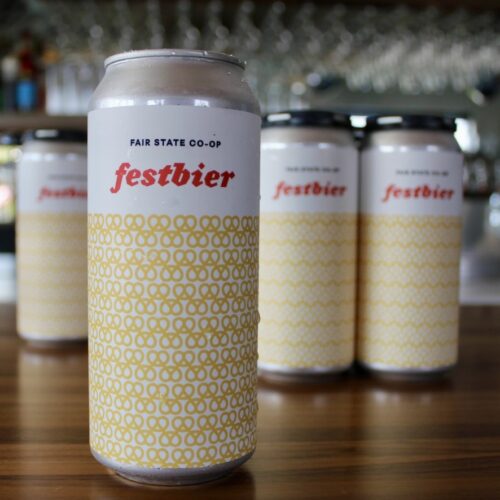 It has never been tougher to decide what to stock our shelves with. Amongst the beer available to us there is a bit of amazing, a lot of great, and a sea of good, acceptable or worse. Our goal is to offer the freshest selection of the best quality beer we can provide. Although we make these decisions as a team, we rely on guidance from the most important people, our customers. Sharing your tastes and feedback with us is invaluable in shaping our selection and helps us best support the breweries that you want to thrive.
It has never been tougher to decide what to stock our shelves with. Amongst the beer available to us there is a bit of amazing, a lot of great, and a sea of good, acceptable or worse. Our goal is to offer the freshest selection of the best quality beer we can provide. Although we make these decisions as a team, we rely on guidance from the most important people, our customers. Sharing your tastes and feedback with us is invaluable in shaping our selection and helps us best support the breweries that you want to thrive.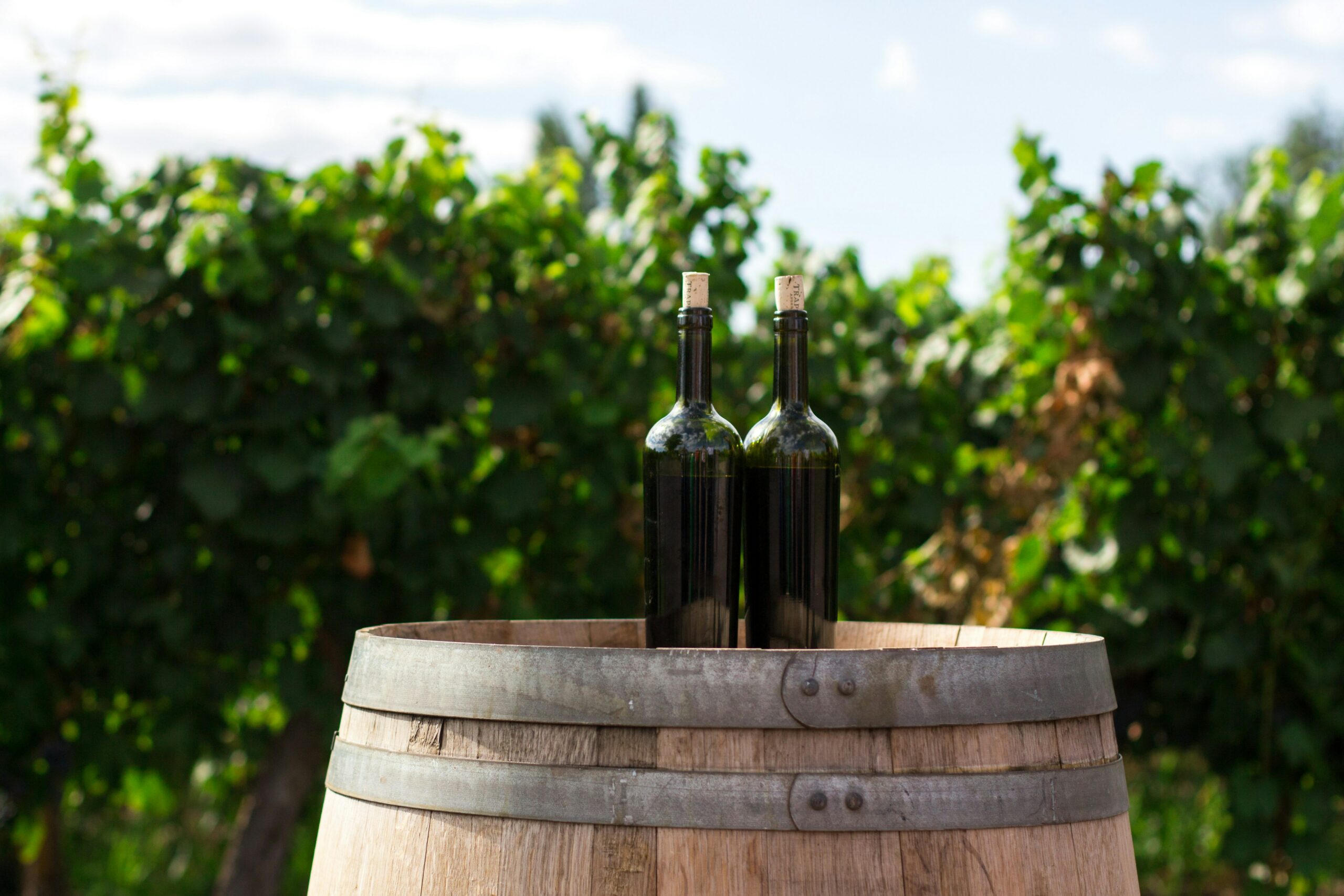

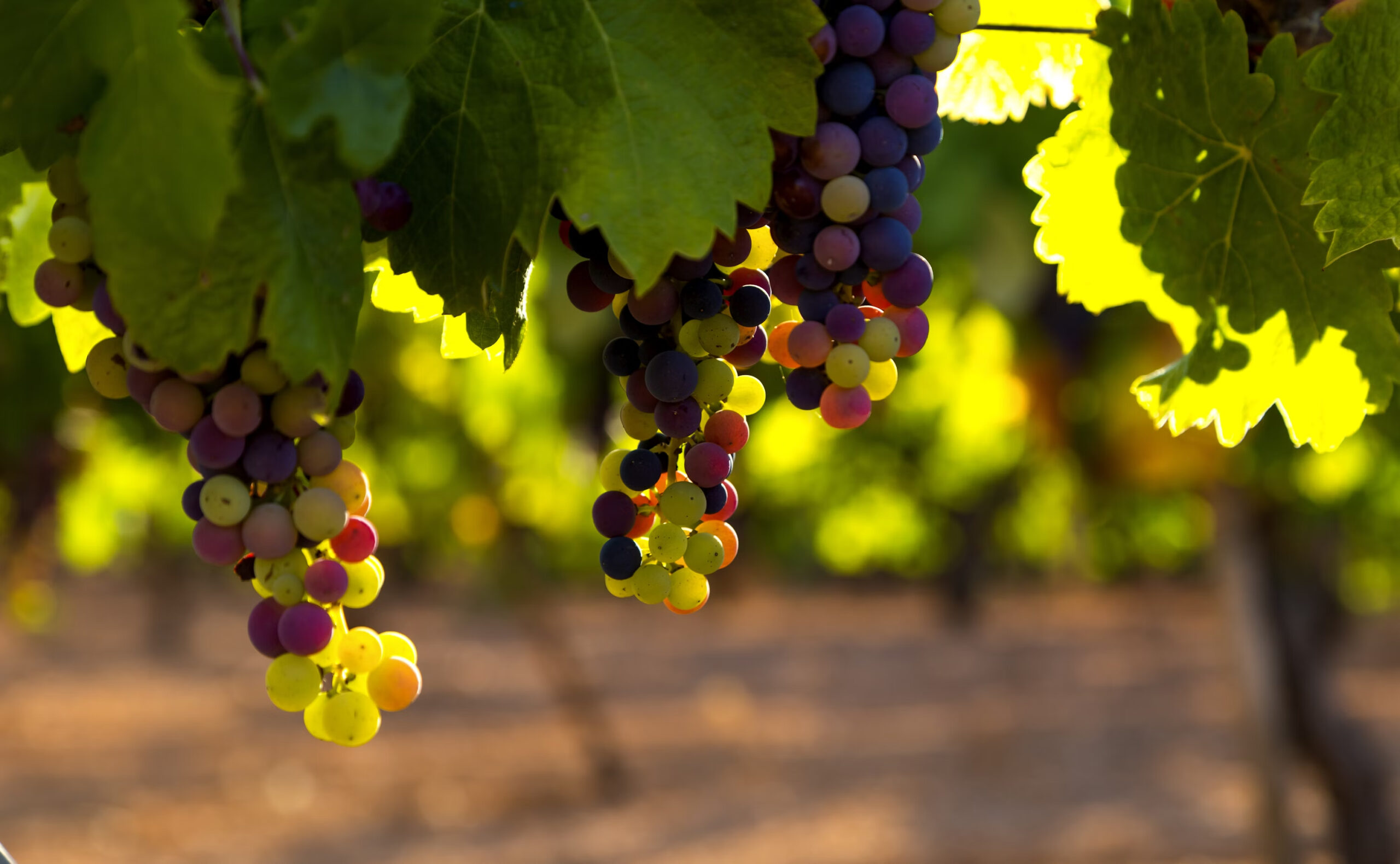




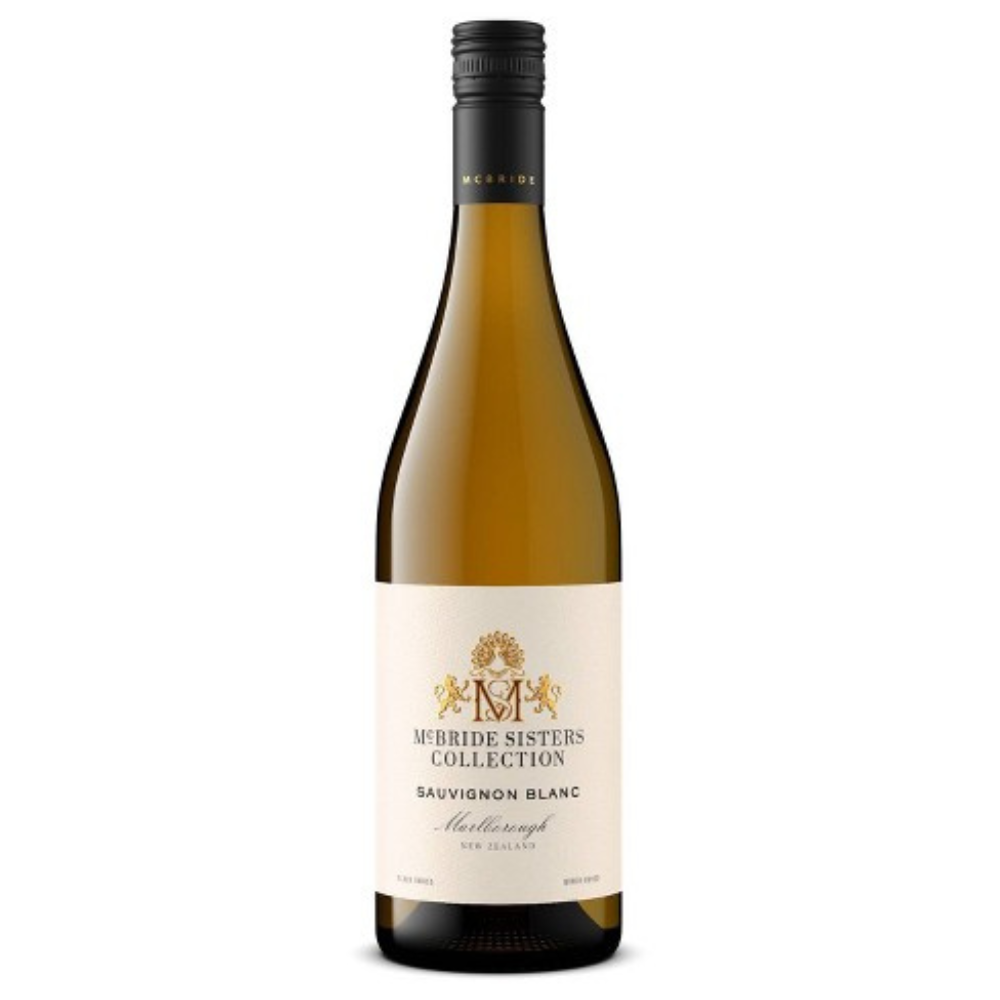
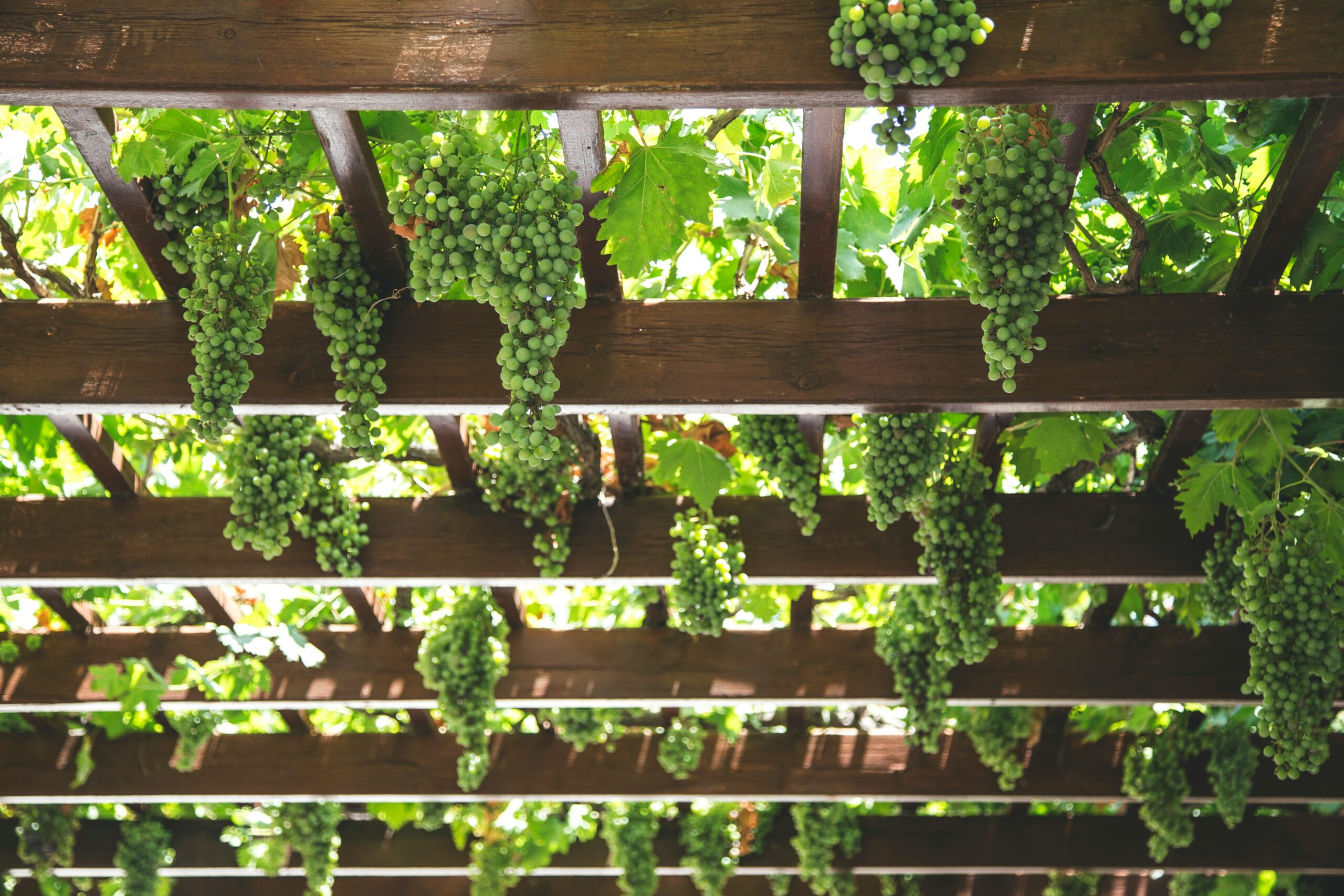

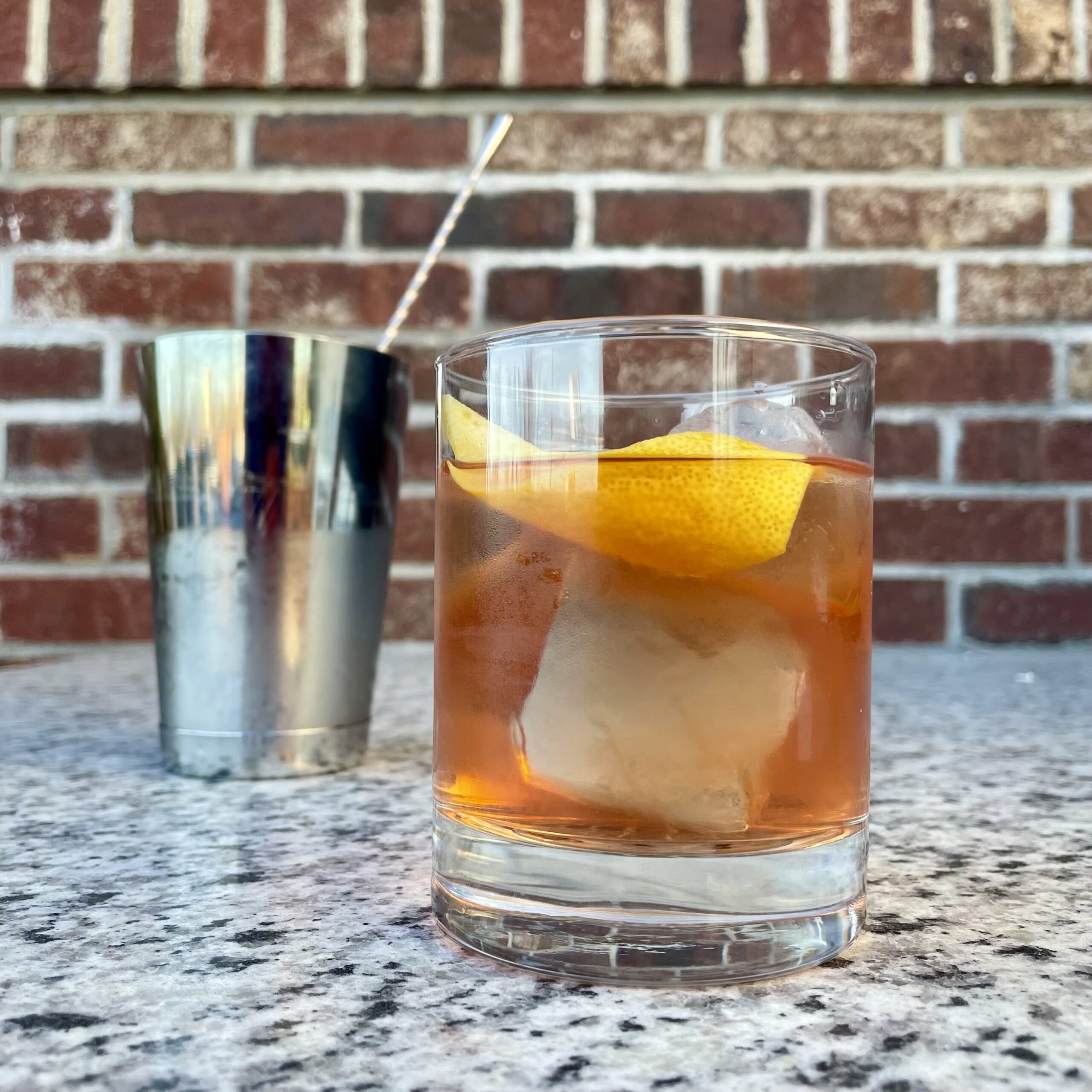
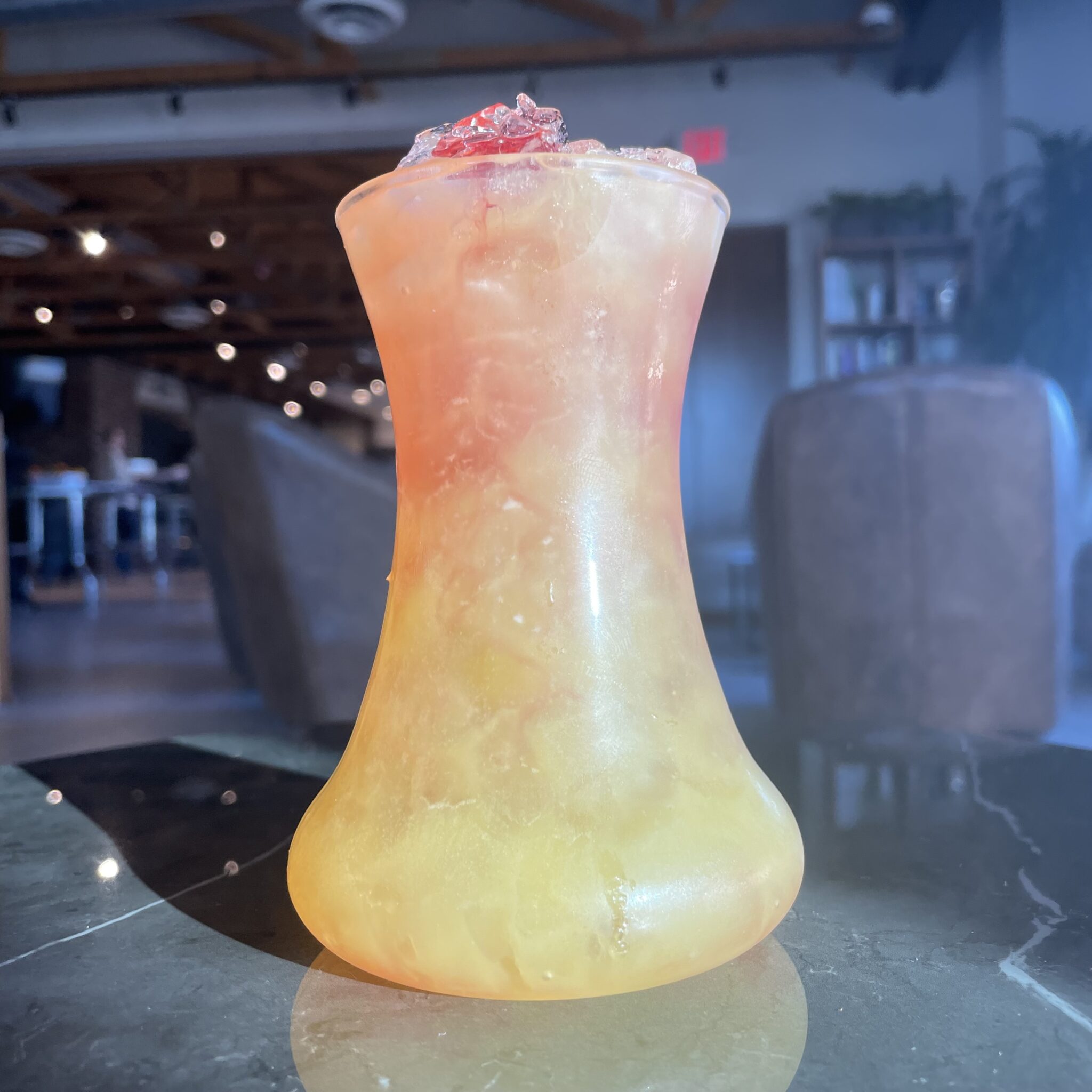
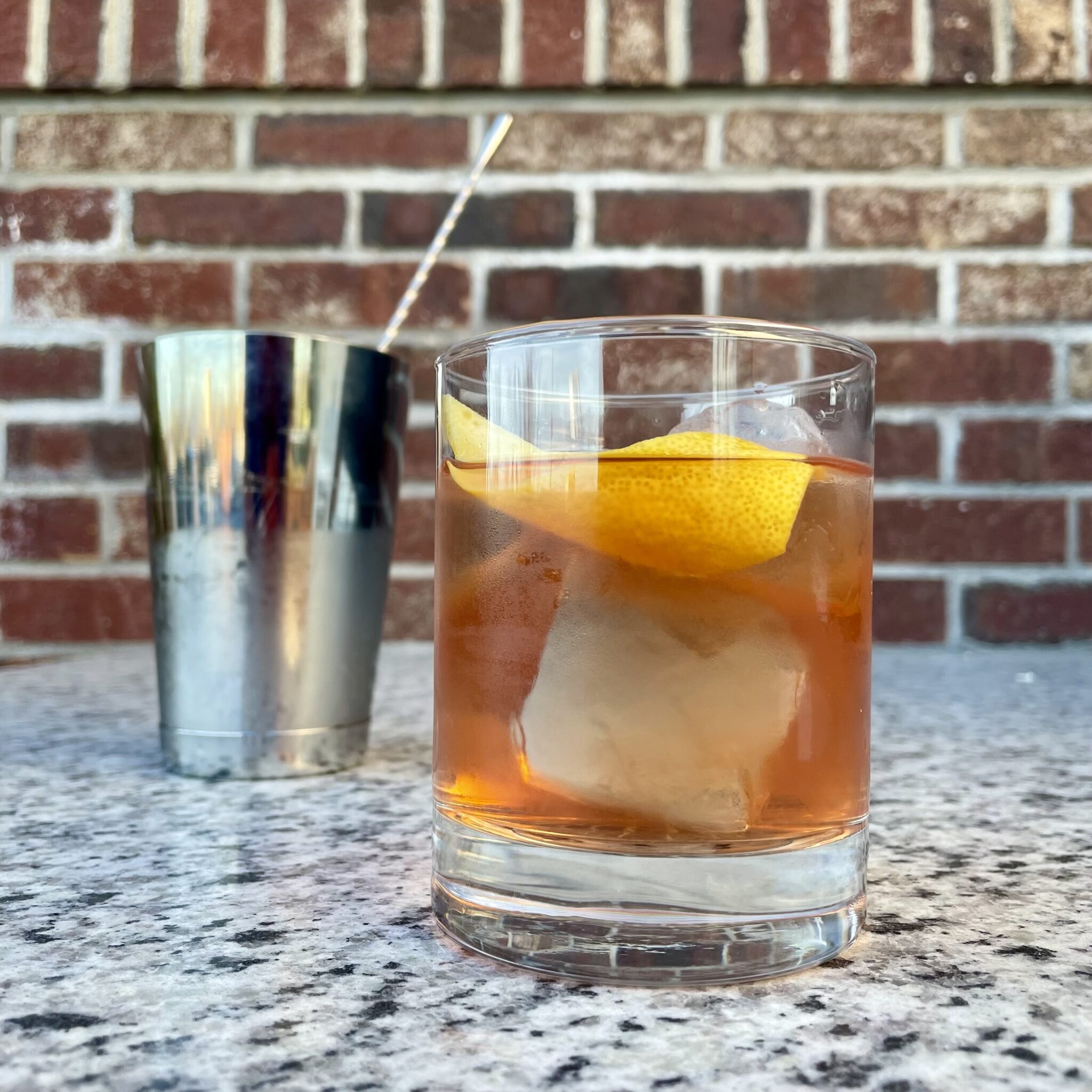
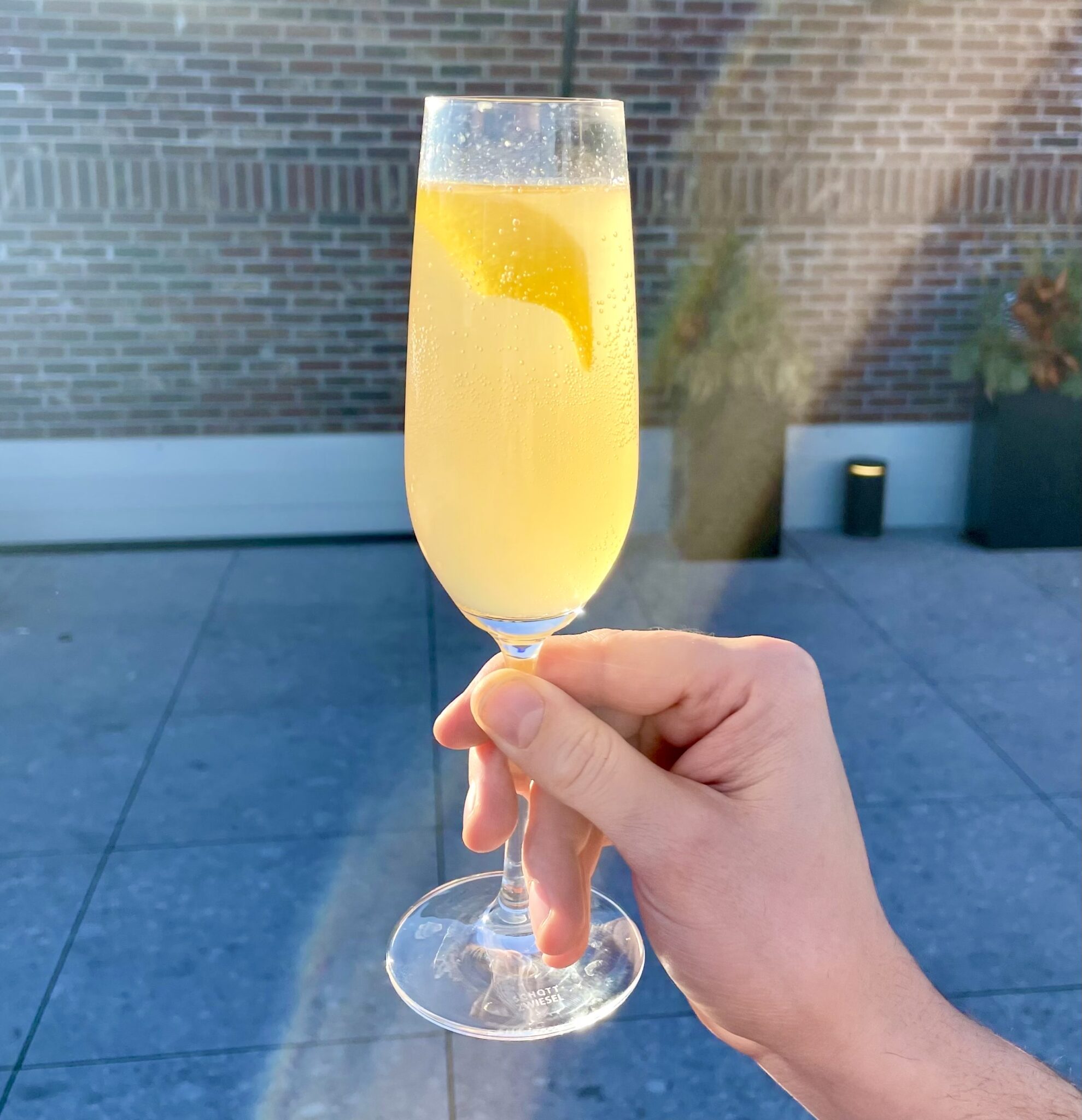
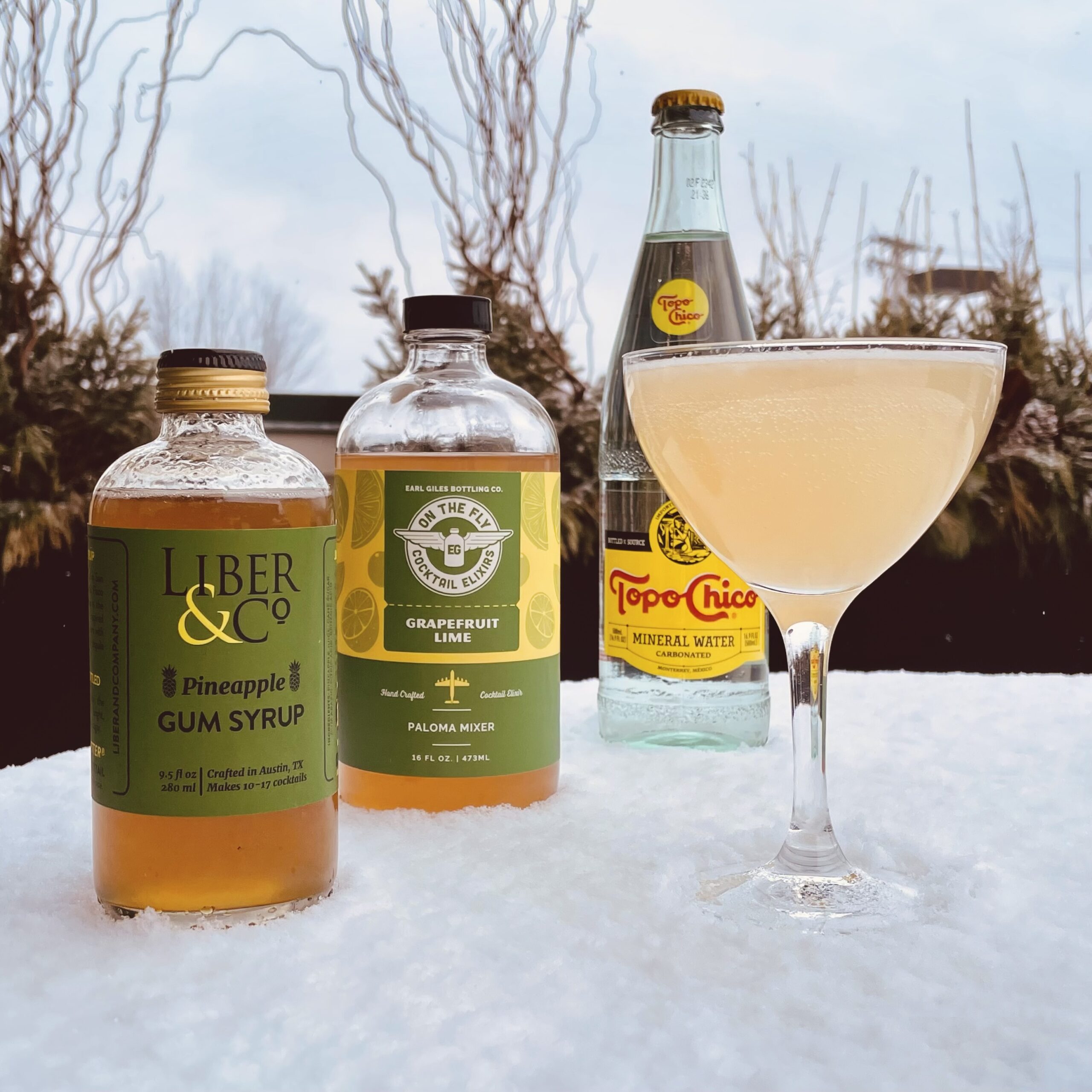
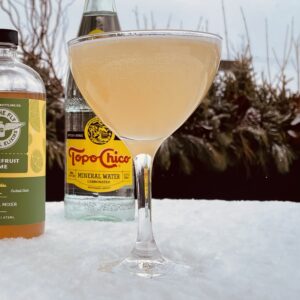




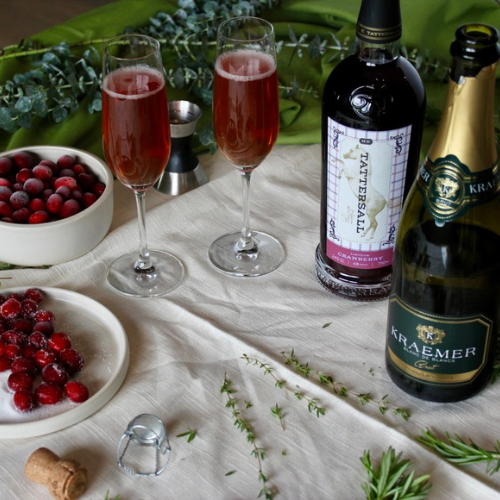





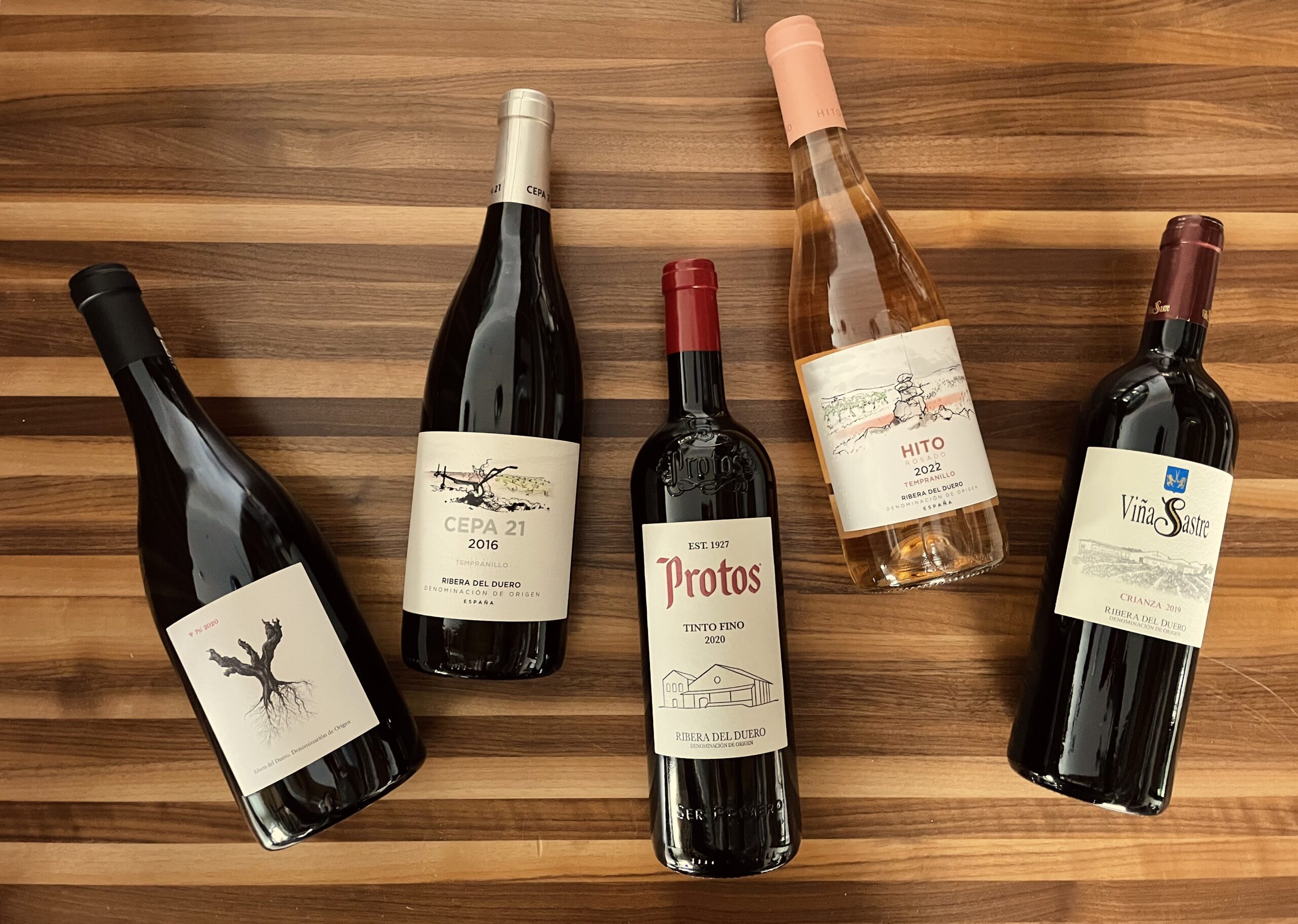
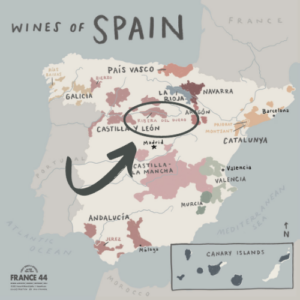 One of the most iconic and prestigious wine regions of Spain is Ribera del Duero.
One of the most iconic and prestigious wine regions of Spain is Ribera del Duero. 